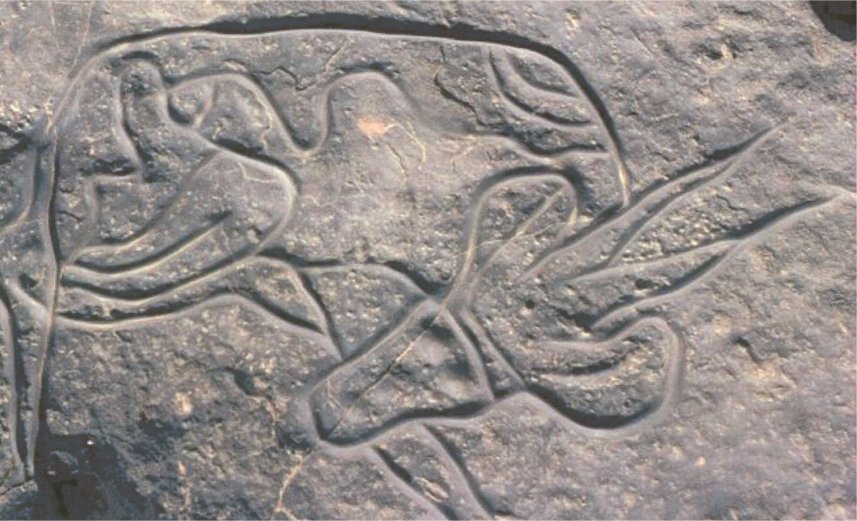INTRODUCTION
Circum-Sahara Africa has lost, over the historical period, more higher vertebrate species, birds and mammals, than any other region of the Palearctic. Such recent diversity loss of larger species exemplifies the severly threatened ecological status of North Africa, and is particularly worrying in the current context of general decline of local relictual populations of species still present in the desertic and sub-desertic habitats of the region. Among these, several species of Sahelo-Saharan ungulates are seriously threatened on a global level. Five of them, Oryx dammah, Addax nasomaculatus, Gazella dama, Gazella leptoceros and Gazella cuvieri are in immediate danger of extinction, and a sixth one, Gazella dorcas, is in serious decline.
Those six antelopes are among the most striking elements of the natural heritage common to fifteen Saharan and circum-Saharan countries. They have developed unique adapation systems to the most arid environment, some of them adapted even to the most remote dunes of the Sahara.
Those Sahelo-Saharan ungulates are among a group of threatened species listed in the Appendix I of the Convention for the conservation of migratory species (Bonn Convention or CMS), and identified as candidate for concerted actions by Parties to the Convention, under Resolution 3.2 and 4.2 (Geneva 1991; Nairobi, 1994). In 1994, the Conference of the Parties of CMS adopted a resolution that recommended the development and the implementation of a plan of action for the conservation of those six ungulates. The text of this resolution was proposed by the following parties to the Convention: Morocco, Tunisia, Niger, Egypt, Mali, Burkina Faso, France and Belgium, and was based on documents prepared by France, the European Union, and Belgium.
A first project, representing the initial step toward the developement and the implementation of the first plan of action, was initiated in mid-1996, financed by CMS, and coordinated by the Institut Royal des Sciences Naturelles de Belgique (IRSNB). The main objectives of the project included the compilation of comprehensive status reports of the respective species throughout the migration range based on the most recent surveys and reports, the up-dating and development of the 1994 draft Action Plan, and the organisation of a workshop of experts from the Range States, with specialized NGOs and cooperating IGOs. The workshop participants main tasks was to examine the status reports and the proposed Action Plan, and to decide whether or not a Range State agreement should be developed under CMS.
During the course of the project, an Action Plan was developed, based on the findings on the conservation status of the different species and their habitats. The structure adopted was inspired directly fromthe Siberian Crane Action Plan developed also under CMS. This structure allows a cross-consultation per species or per country.
A workshop on the conservation and the restauration of the six Sahelo-Saharan ungulates, organised by CMS Secretariat et IRSNB, was held in Djerba, in Tunisia, in February 1998, at the invitation of the Government of Tunisia. The different Range States were all represented, most of them by two representatives of the services in charge of nature conservation of each country. A number of aridland experts and representatives of International Organisations took an active part in the workshop. An important part of the work was spent revising the Action Plan: the current version include most of the amendments proposed during the meeting. It is represents a final draft of the Action Plan, as some of the delegates expressed the need to consult more widely back home before submitting their final proposals.
The Action Plan, approuved by the Djerba Seminar, will be distributed to funding agencies prior to the introduction of projects for the conservation and the restoration of Sahelo-Saharan ungulates, essential elements of the sustainable development of the arid and semi-arid regions of northern Africa.
